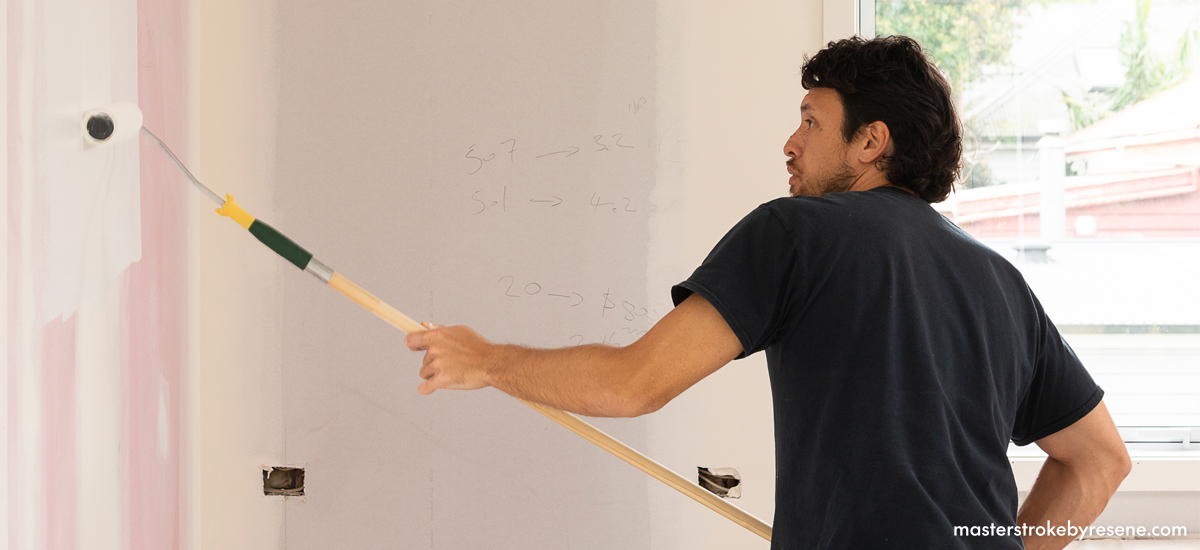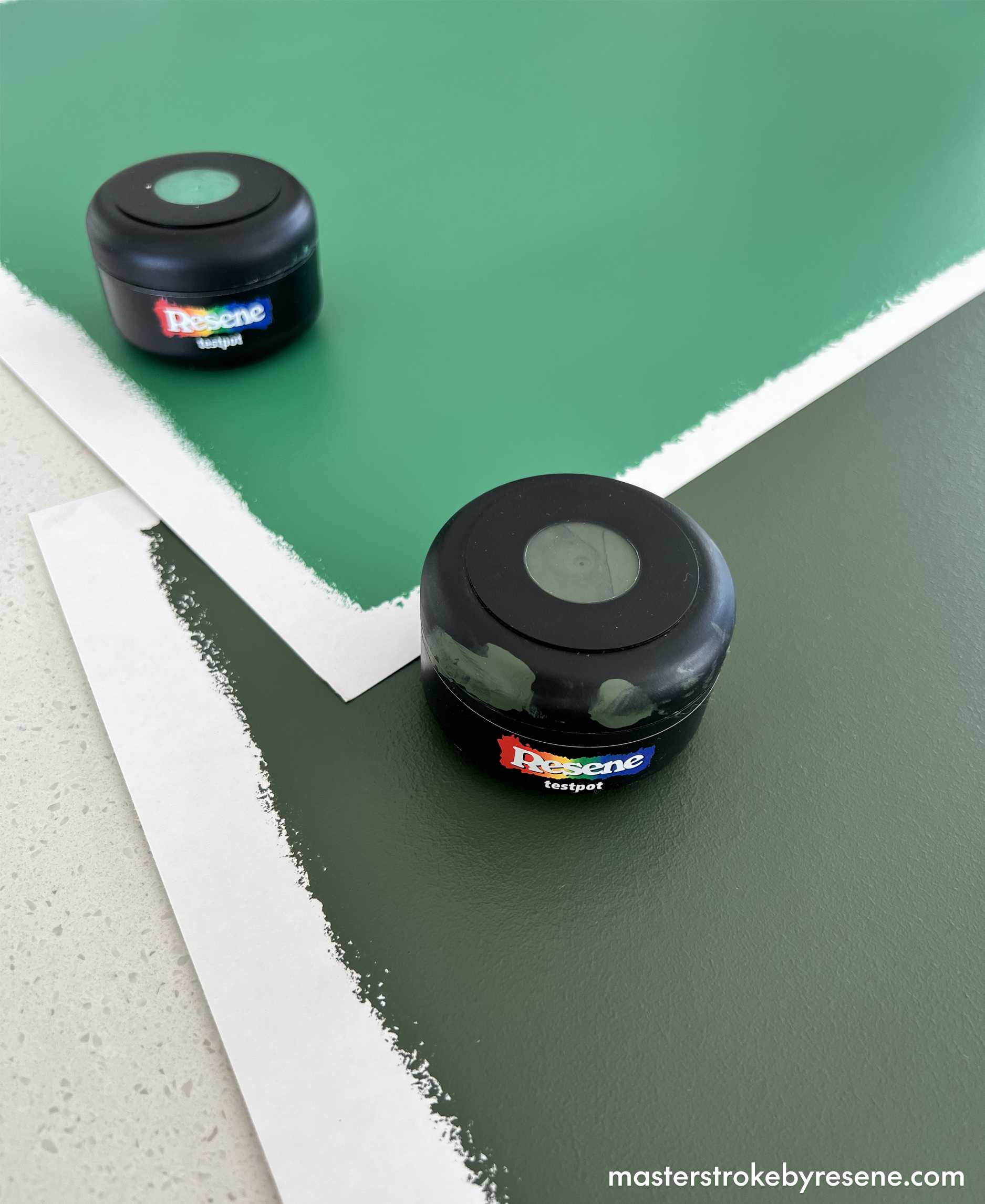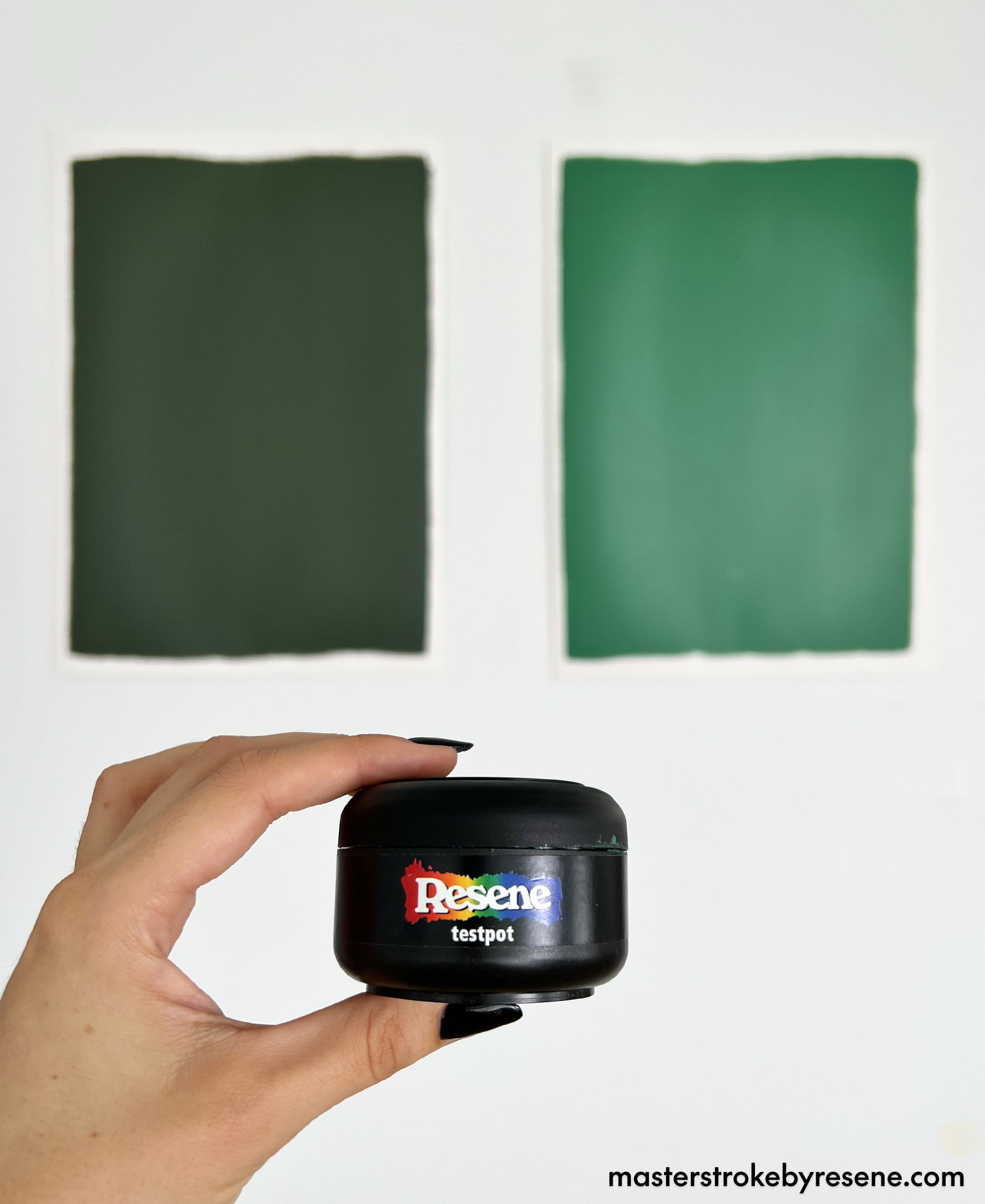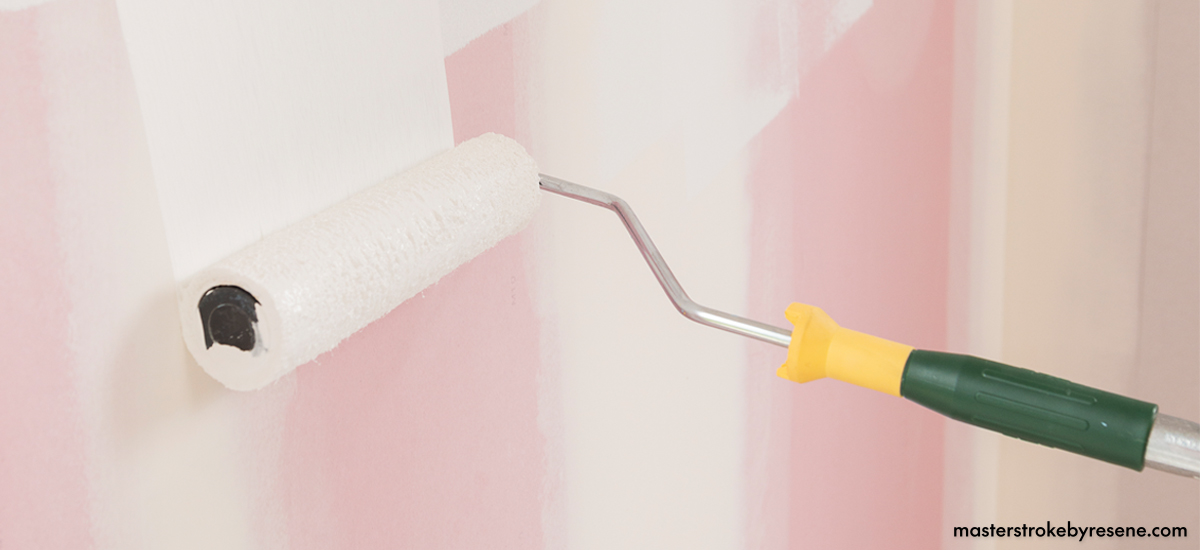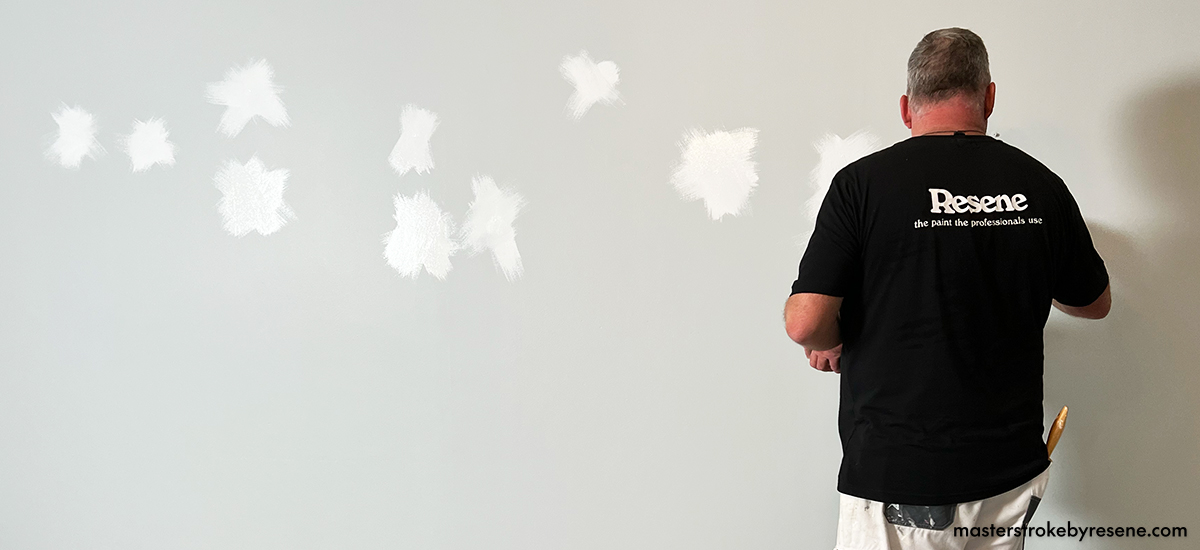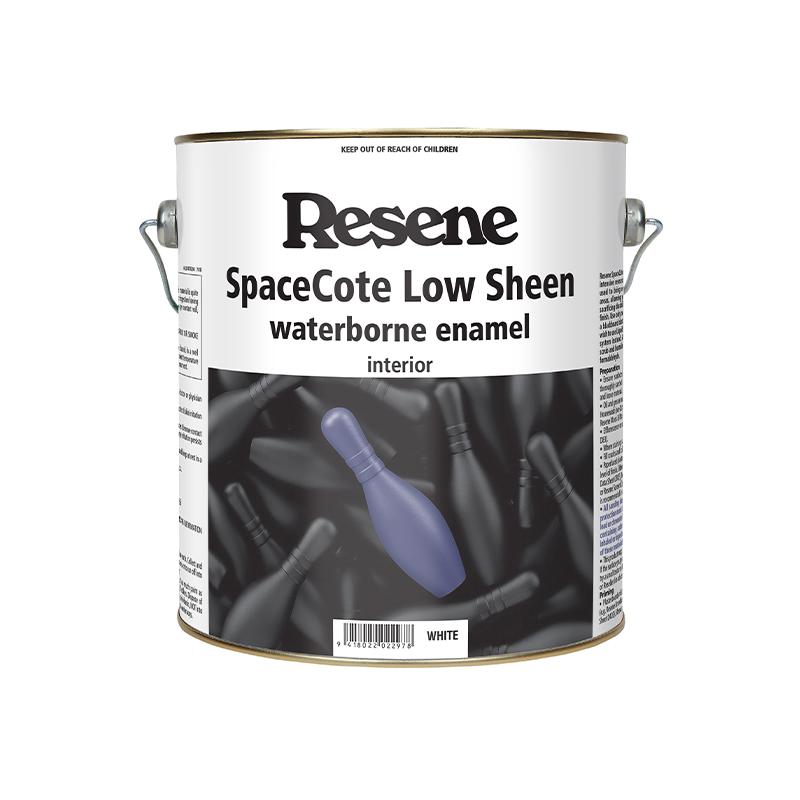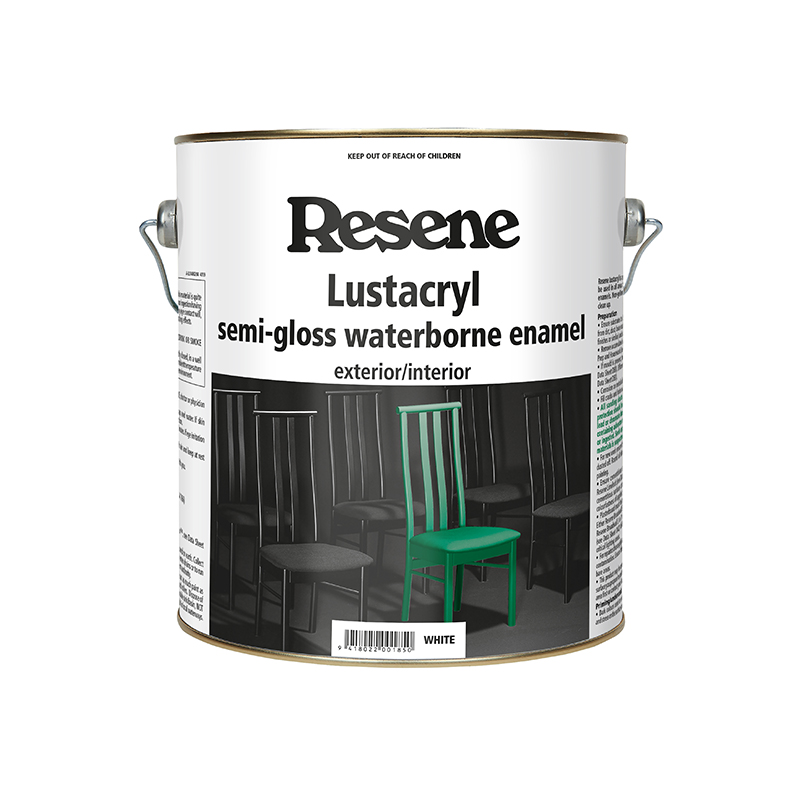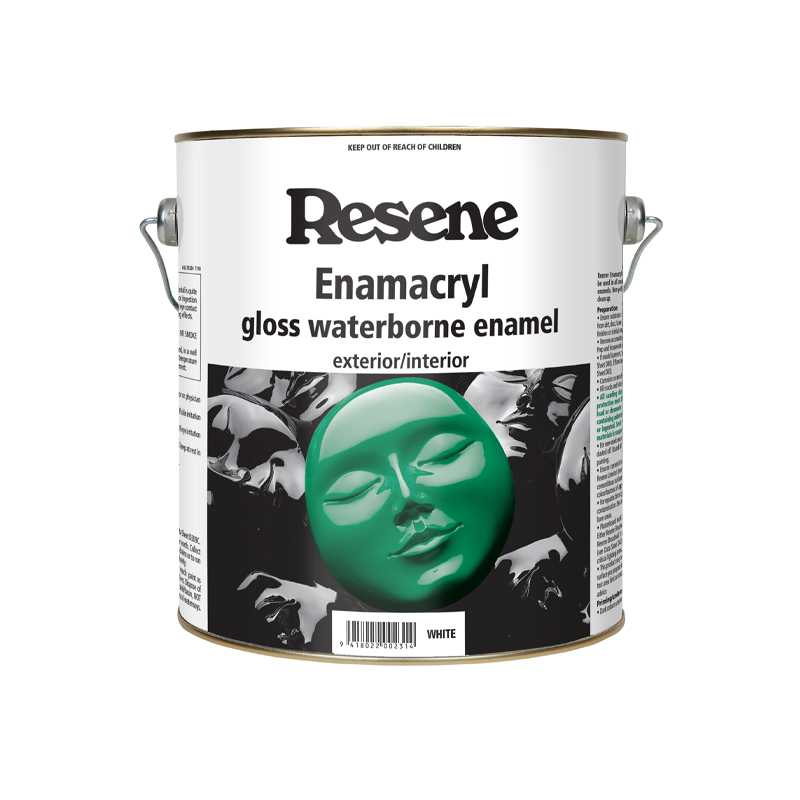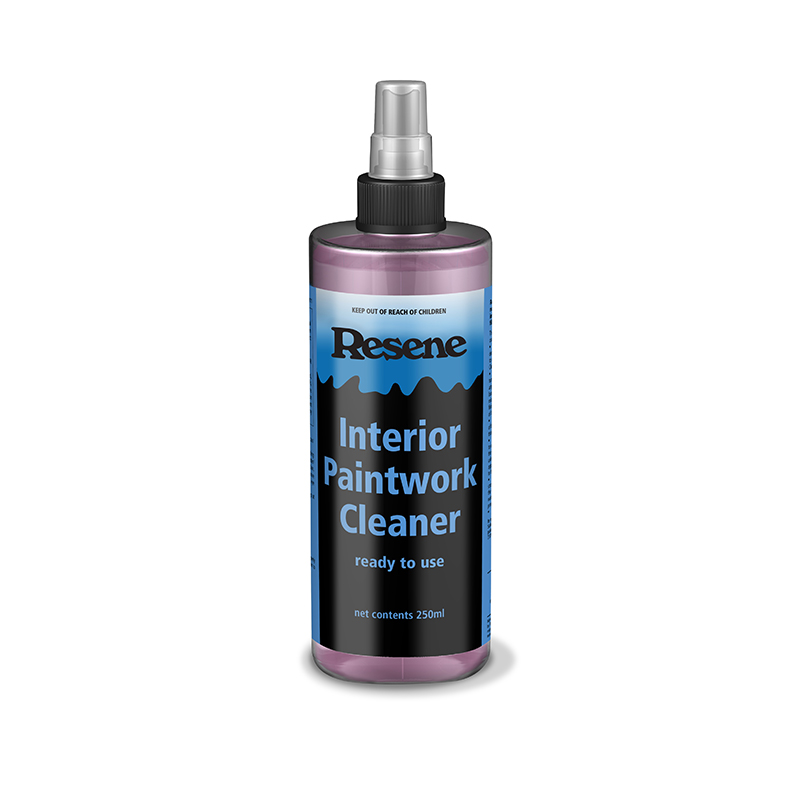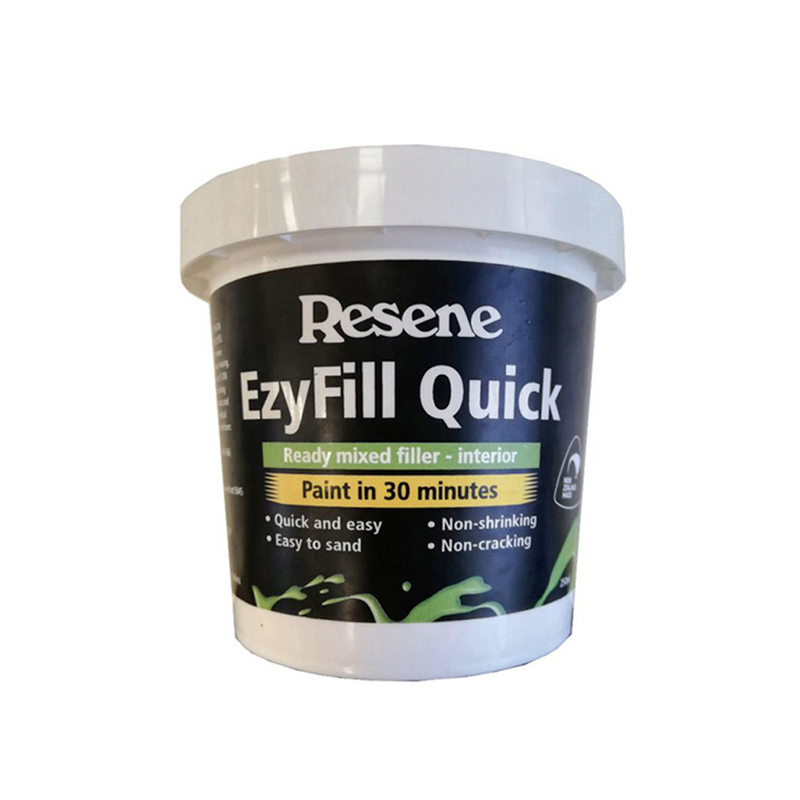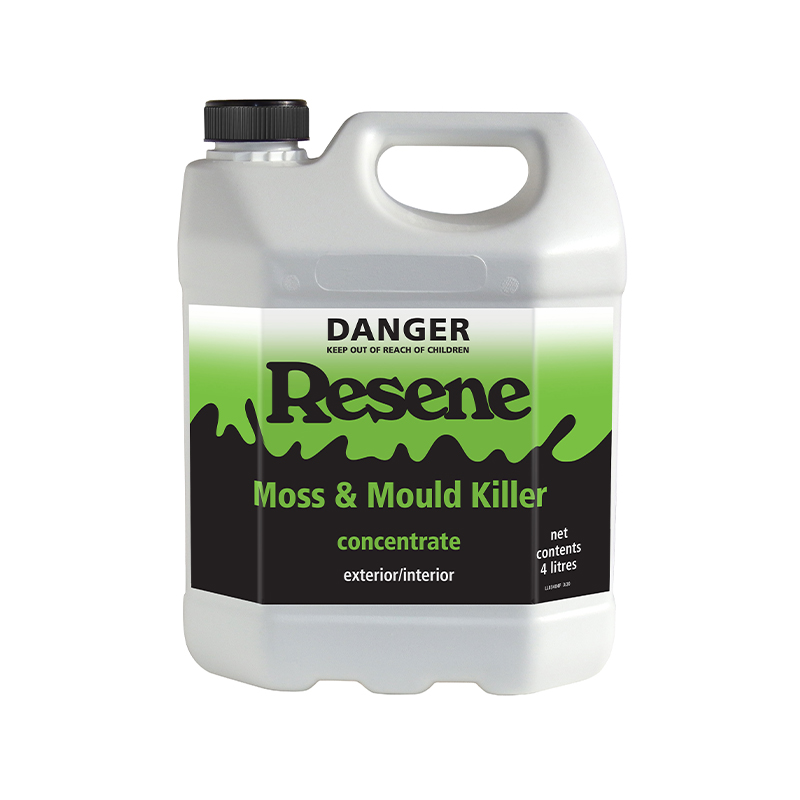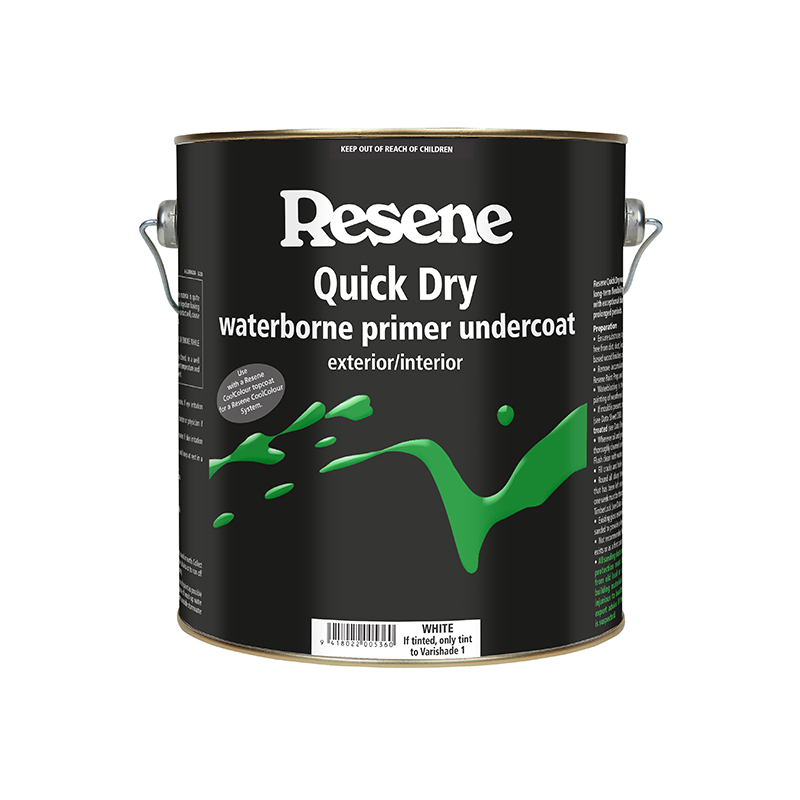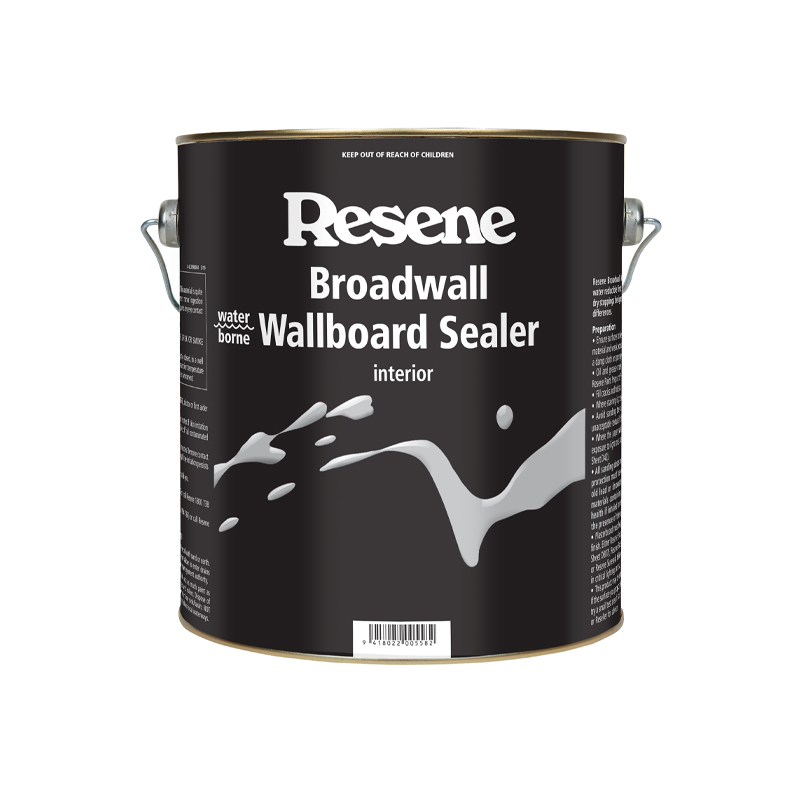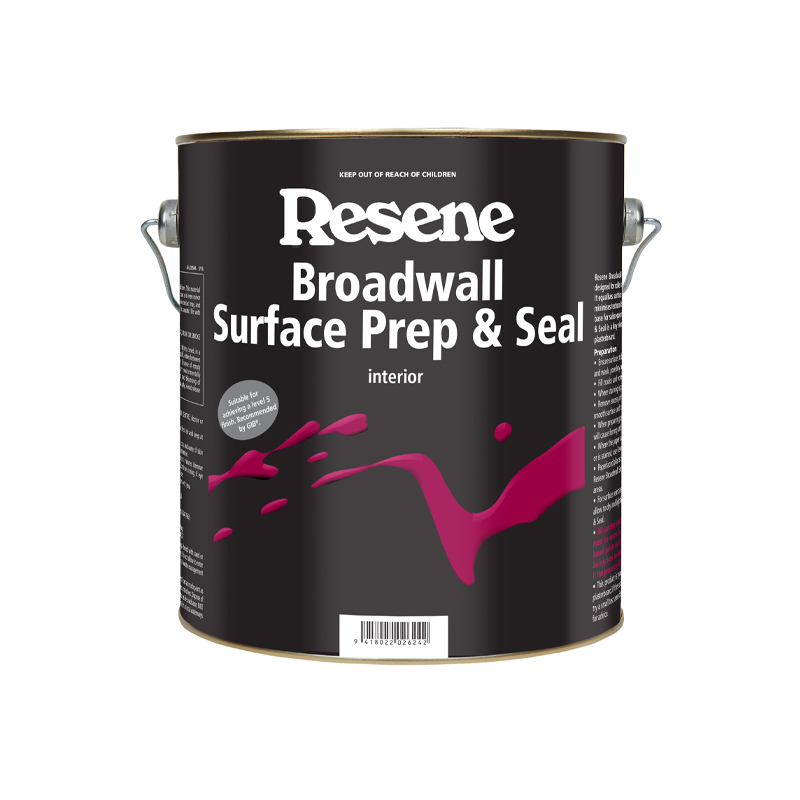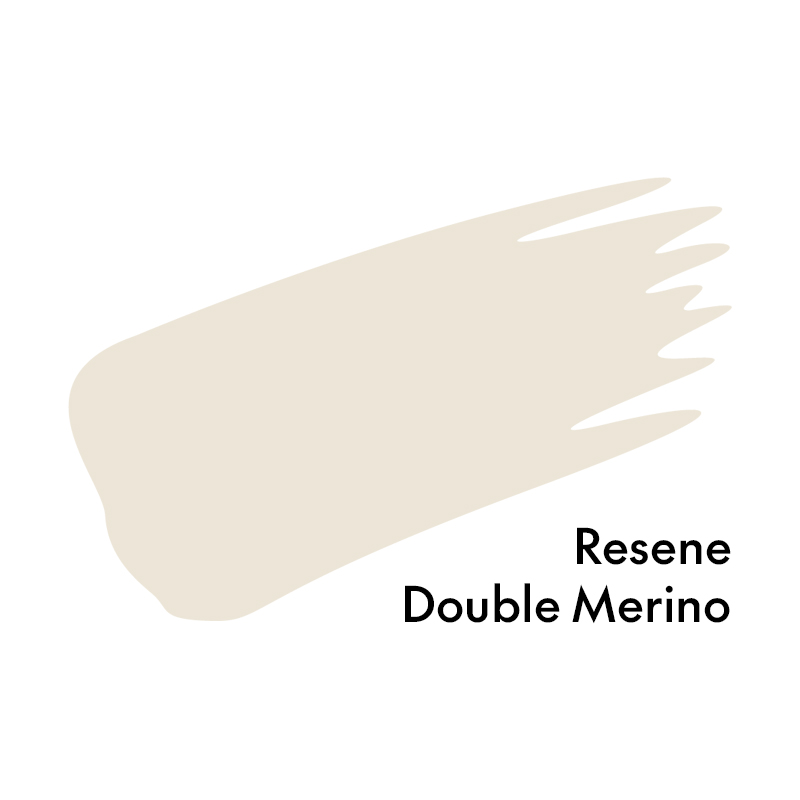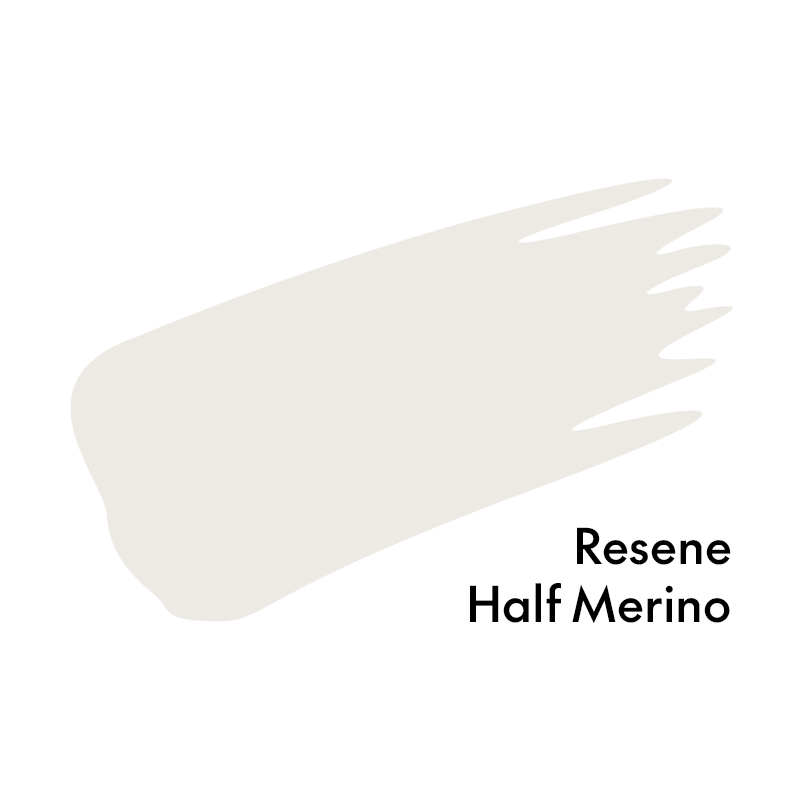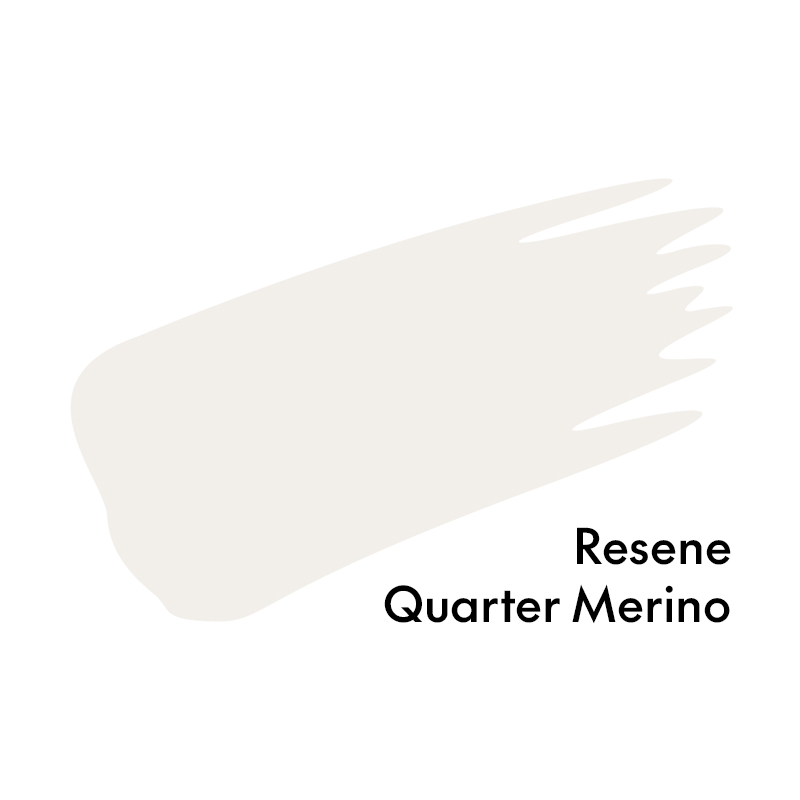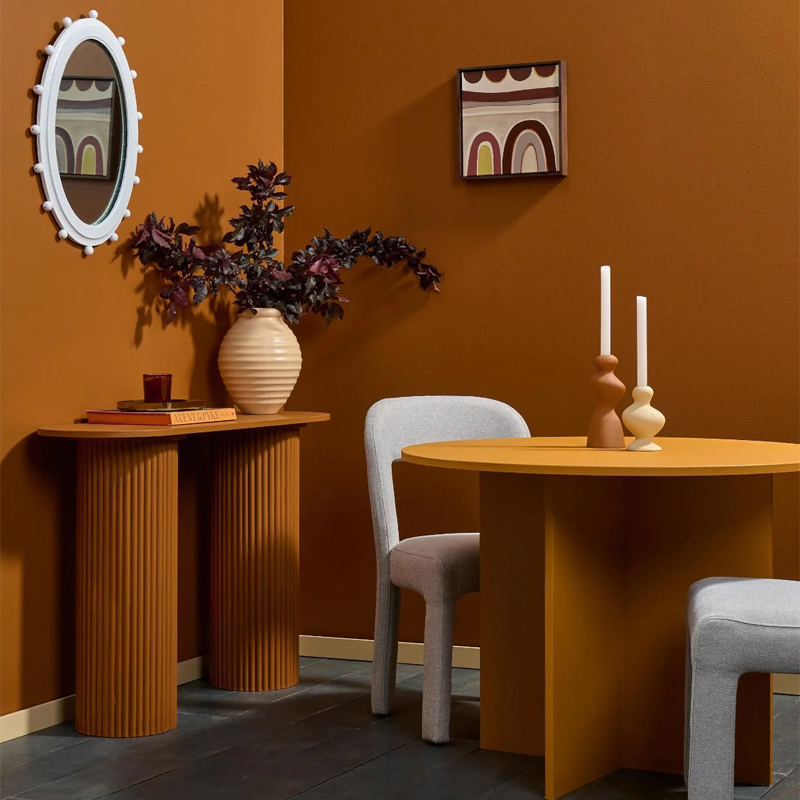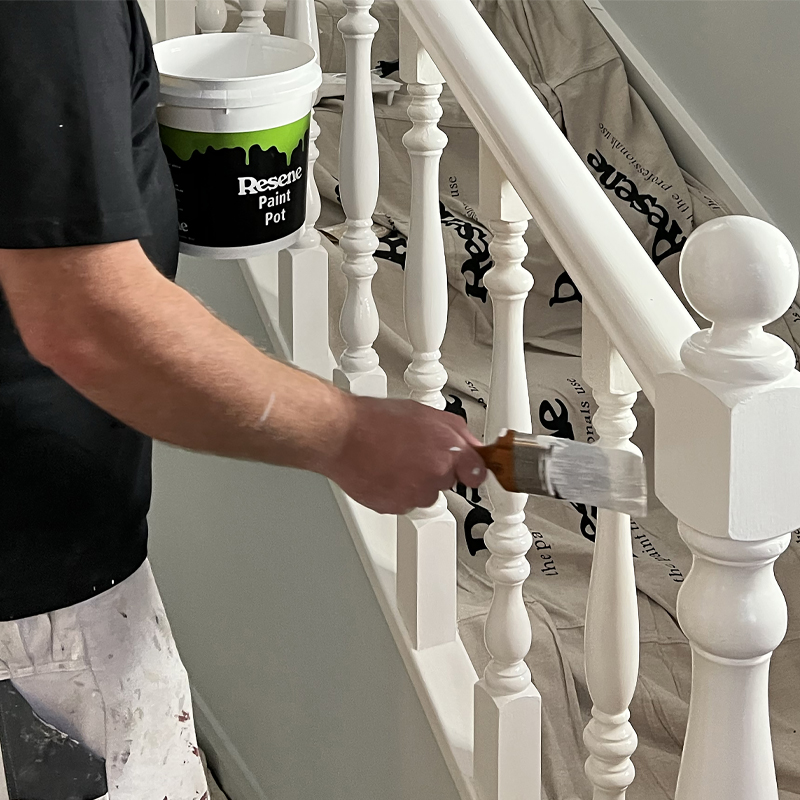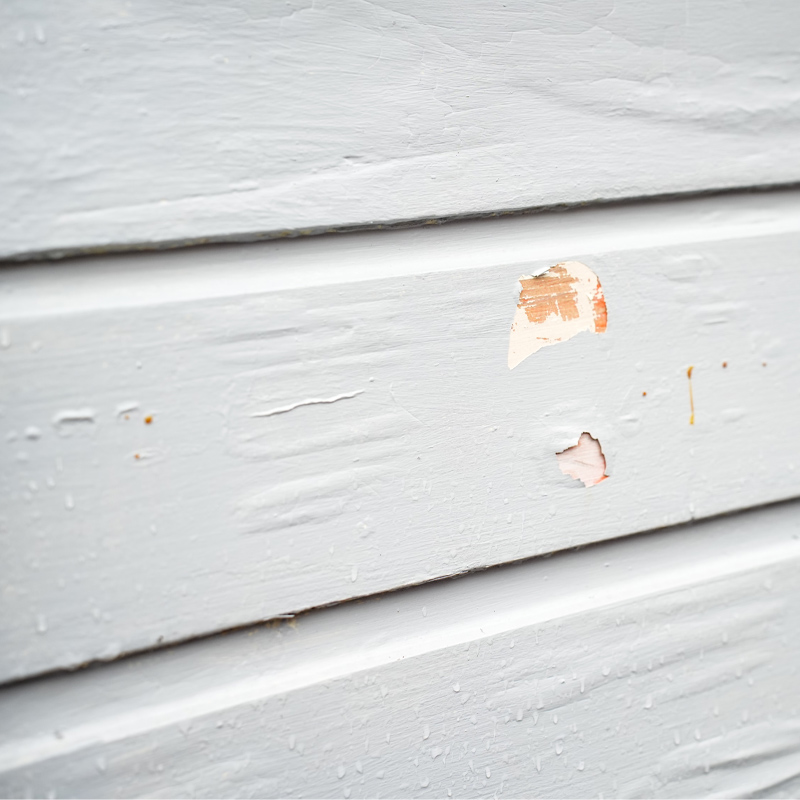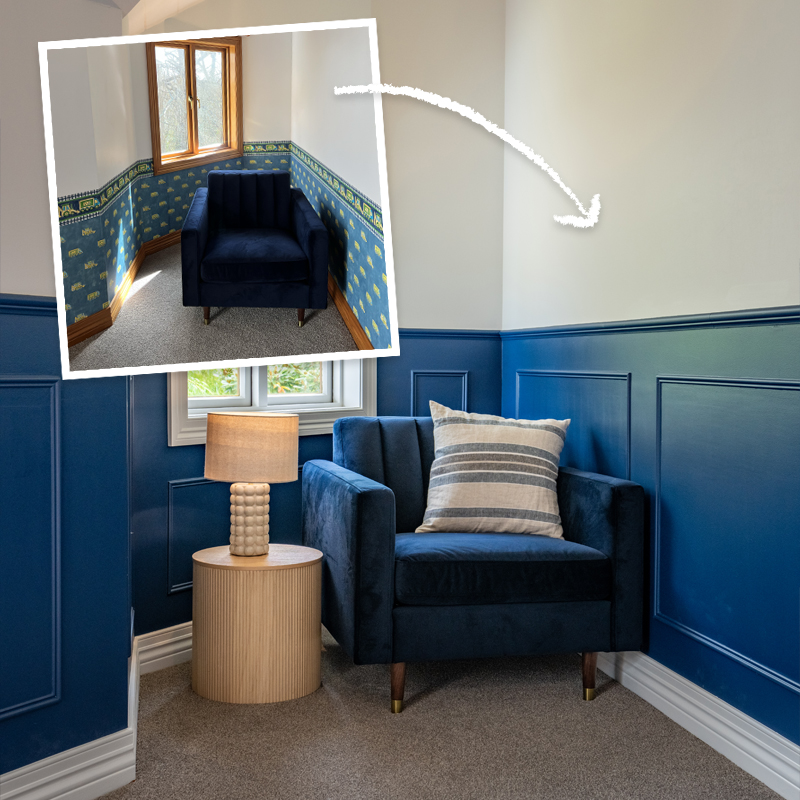A good decorating result comes down to good quality paint – and not cutting corners when doing the prep work. Luckily, Resene has you sorted in both respects. But if you don’t know where to start, follow these pro tips for choosing the right products and prepping a room for painting perfection.
Think about it
Resene Paint Expert Murdo Shaw says using your brain and doing the work before you lift the paint roller is key to a good result.
Before you crack the lid on your Resene paint, think long and hard about how you currently use the room and how it will be used in the future.
“I’m a big fan of having a cup of tea and a biscuit – Tim Tam Double Chocolate is my favourite – and having a good think about the project,” says Murdo. “Consider what sort of use the room is going to get – there’s a big difference between a spare bedroom at Nana’s house and a living room in the house of a young family. Consider if the room is a high-traffic area, is it likely to get messy, do you have pets and how much wear and tear is it going to get?”
For high-traffic areas like living rooms, Murdo recommends Resene SpaceCote Low Sheen.
“I like to put durable paint on the wall, so I try to use Resene SpaceCote Low Sheen where I can because it has a nice–looking finish, it’s super hard-wearing and it’s easy to clean.”
If the room has panelling or wainscoting or is going to be subjected to lots of kicks, scuffs or finger marks from kids, then consider using Resene Lustacryl semi-gloss waterborne enamel below the dado, which will be even easier to wipe clean.
“Lots of designers and homeowners love a flat finish, but the trade-off is durability. For extra protection, consider a semi-gloss waterborne enamel like Resene Lustacryl. Essentially the higher the gloss, the higher the protection.”

